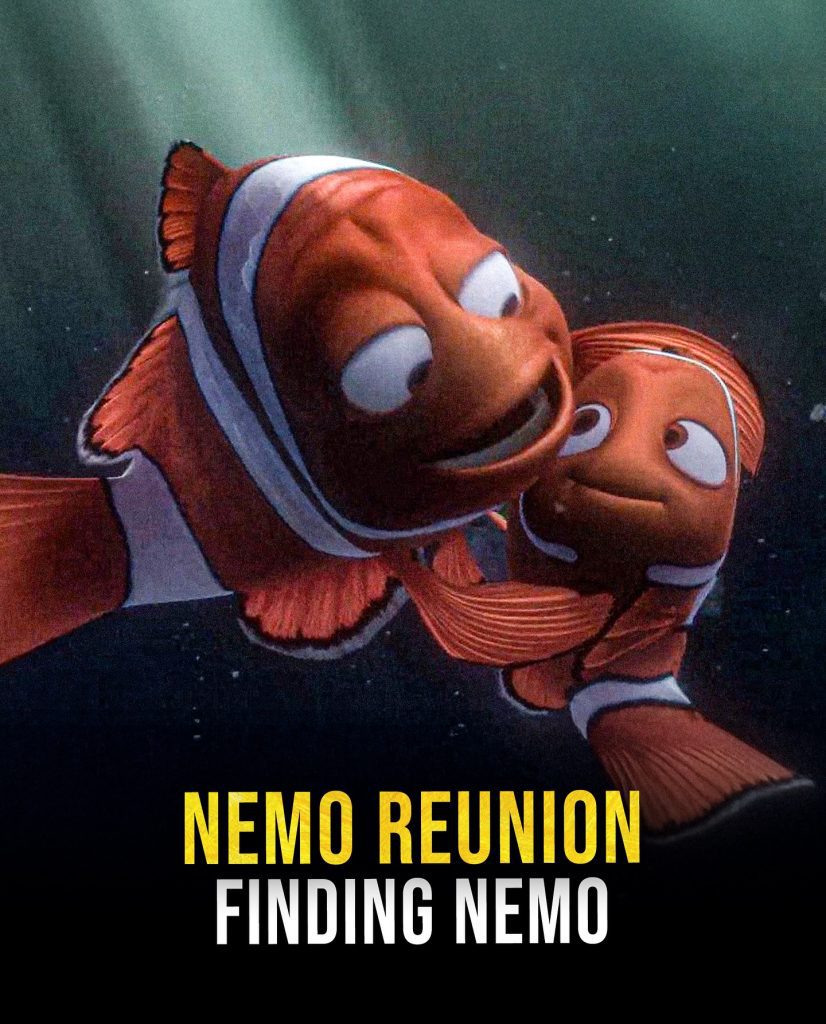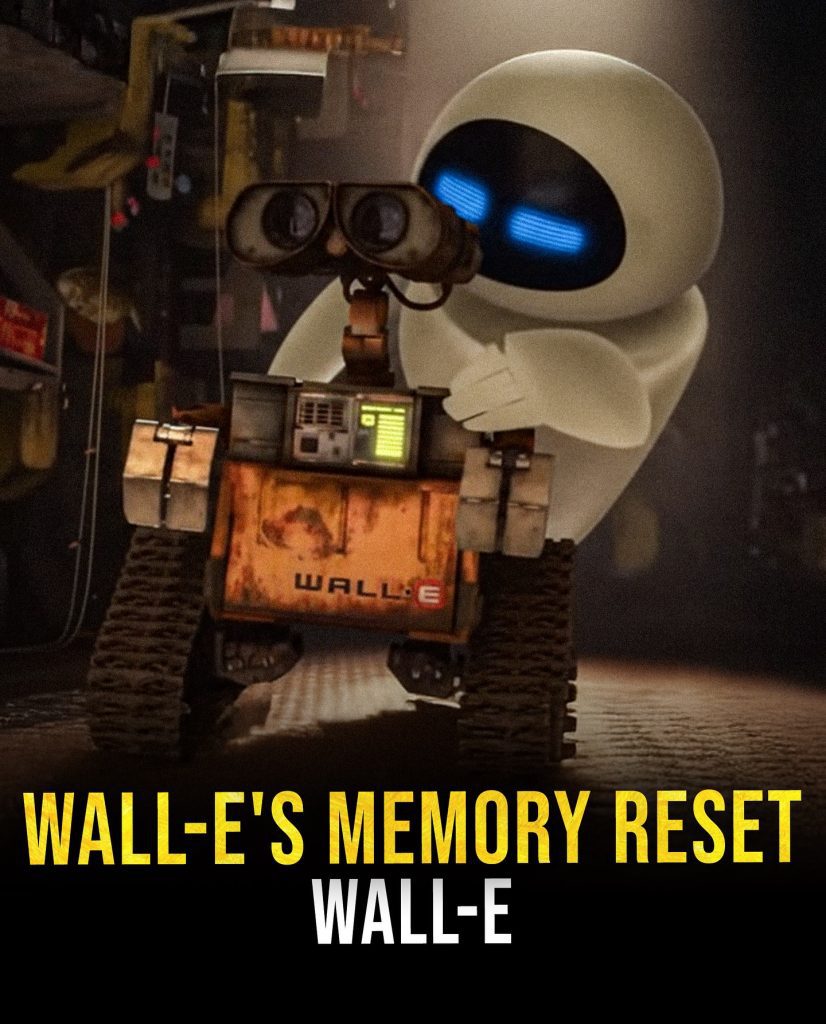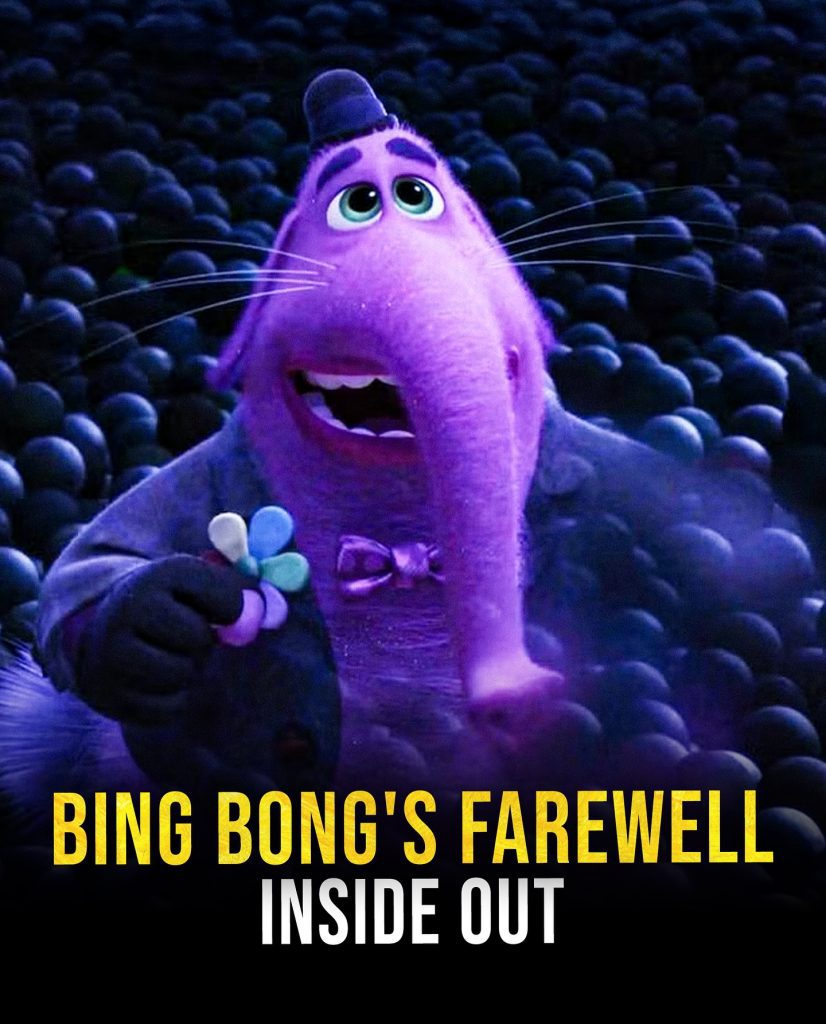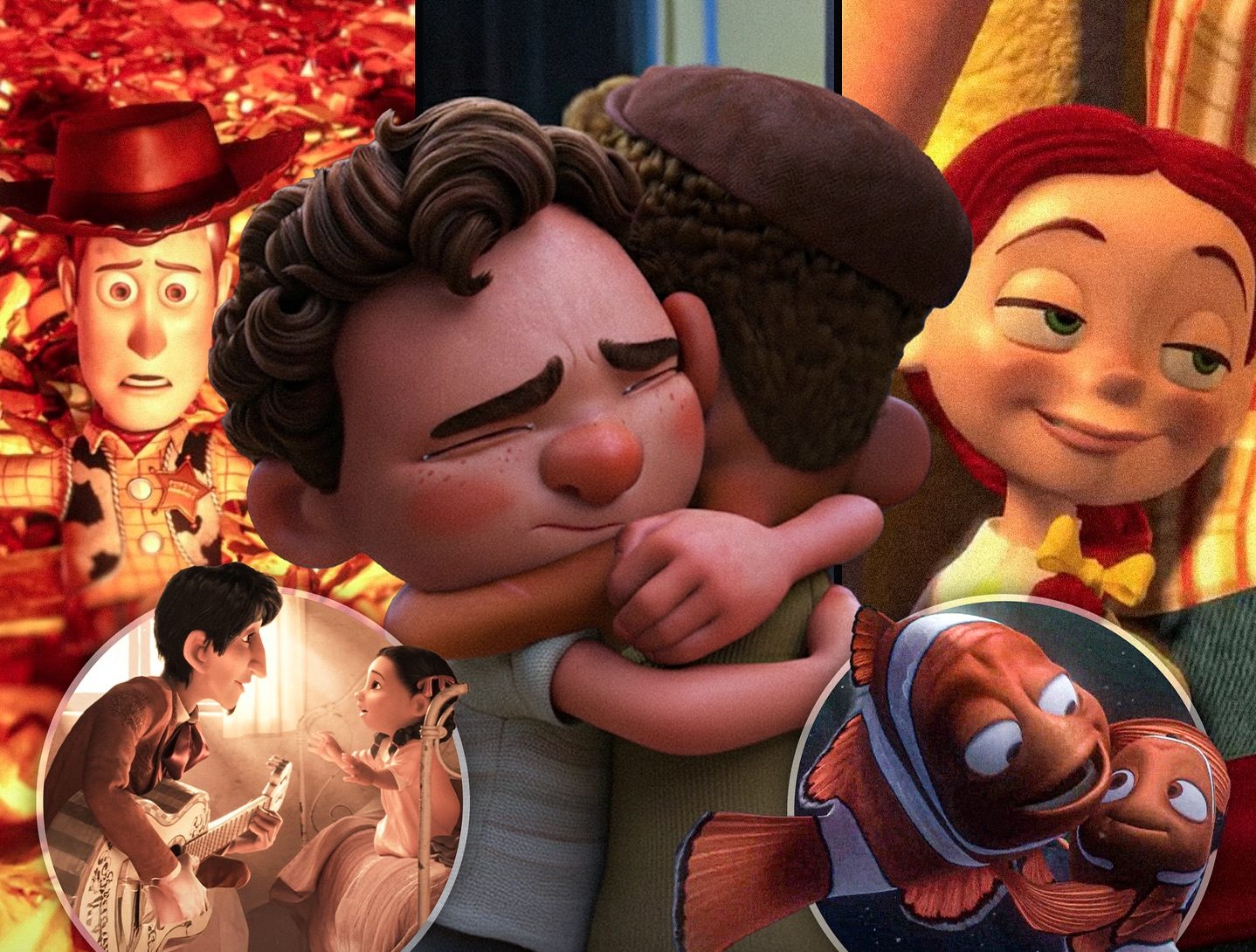The Most Emotional Pixar Scenes of All Time
Pixar has a way of sneaking up on you. One moment you’re laughing at a silly sidekick, and the next, your throat tightens and the room feels smaller because a cartoon just said something true about being alive. These aren’t cheap tricks — Pixar pairs everyday moments with big, honest feelings: love, loss, memory, and the tiny choices that make us human. Below I’ve picked nine scenes that hit me the hardest. Each one is a short, quiet reminder that animation can hold more truth than almost anything else.
Opening Flashback — Up

That opening sequence in Up is the kind of storytelling that doesn’t need words to wreck you. Watching Carl and Ellie’s lifetime together in a few minutes is pure craft: the small rituals, the unspoken promises, the plans that don’t work out. It’s heartbreaking because it’s so ordinary. You see a whole life in gestures — the way they pin things to a map, the empty chair at the picnic, the wallet of memories. By the time the camera lingers on Carl alone, it feels personal, like someone has quietly opened your own family album and shown you the pages you tried not to thumb through. It’s not just sadness; it’s the recognition that love is often quiet, and grief is the loud echo that follows.
“Remember Me” — Coco

The moment Miguel sings “Remember Me” is a lesson in how memory keeps people alive. In Coco, the song is a tether between worlds — a melodic plea not to be forgotten. The scene that twists my heart is when the camera lingers on the faded photos, the altars, and the faces of those who are remembered. Pixar doesn’t sensationalize death here; it sanctifies memory. The beauty is in the quiet insistence that love survives as long as someone remembers your name, and the scene’s tenderness makes you want to call your grandparents, to pull out an old photo and say their name aloud.
Nemo Reunion — Finding Nemo

When Marlin and Nemo finally meet again, the relief is almost physical. Finding Nemo is a story about fear and trust, and that reunion is the culmination of both. You can feel the miles they traveled — not just through the ocean, but through the distance that grief and overprotectiveness create. The hug is simple, but it carries the weight of every tiny failure and every brave attempt that led them back to each other. It’s the kind of scene that makes you believe in second chances, and in the quiet courage it takes to let someone else grow.
“When She Loved Me” — Toy Story 2

Jessie’s story in Toy Story 2 is proof that a children’s movie can teach brutal truths about abandonment. “When She Loved Me” plays like an elegy for childhood itself. The montage of Jessie with her owner is tender and ordinary — a sequence of small hands, drawered drawers, and afternoon light. Then comes the slow realization that love can fade not because the heart changes, but because life moves on. Pixar doesn’t make you hate the person who leaves; it makes you ache for the toy who is left behind, showing how attachment and loss can coexist in the same quiet space.
The Furnace Scene — Toy Story 3

The moment the toys hold hands facing the incinerator in Toy Story 3 is a rare example of cinematic surrender. It’s not gore or spectacle that makes it unforgettable — it’s the acceptance, the gentle courage in the face of the unknown. They’ve lived a life of purpose, and now they choose to face oblivion together. The scene is devastating because it’s a portrait of trust at its purest: if you cannot change the end, you can choose who to be with in it. Watching them wait, side by side, the whole theater seems to inhale as one, and you feel the strange comfort of being part of something larger than yourself.
WALL·E’s Memory Reset — WALL·E

WALL·E has a heartbreaking simplicity. His small acts of curiosity and care are quietly profound, and the scene where memory and identity are at stake strips everything down to what really matters: connection. When WALL·E tries to bring EVE back or when the ship’s inhabitants confront the cost of forgetting, the stakes stop being sci-fi abstractions and become about what makes life worth living. The sadness comes from watching characters rediscover wonder and learning how easily it can slip away — a gentle wake-up call about the life we’re building for ourselves and what we might lose if we forget to notice.
Remy Is Accepted — Ratatouille

Remy’s tearful acceptance in Ratatouille is a scene about daring to belong. It’s not just a victory for the rat who cooks; it’s a small triumph for anyone who’s ever been told they don’t fit. The moment he’s seen and validated — when food becomes language and the kitchen becomes a place of true recognition — hits because it reminds us how rare it is to find people who see the best in you. Pixar lets the scene breathe, and you feel every tiny victory as if it were your own.
Luca Goodbye — Luca

Luca lands differently than some of Pixar’s more overtly tragic moments, but the goodbye scene is quietly devastating. It’s a farewell not just to a summer but to a version of yourself that exists only for a moment. The pain here is gentle: it’s the ache of growing up, of friendships that shape you and then change the shape you’re in. You don’t lose what you were, but you carry the memory like a secret light. The scene is tender, and it’s this tenderness that makes it sting.
Bing Bong’s Farewell — Inside Out

Bing Bong’s goodbye in Inside Out is one of those scenes that knocks the breath out of you because it’s a full-circle lesson about grief and maturity. As Riley grows, some parts of her childhood must go, and Bing Bong’s sacrifice is a heartbreaking, selfless act that lets joy move forward. The charm is in the simplicity: a forgotten imaginary friend chooses to be remembered through letting go. Pixar handles it with respect and grace, and the result is a scene that teaches loss while offering a strange, consoling hope.
Pixar’s emotional power isn’t about cheap manipulation. It’s about trust — trusting the audience to feel, to linger, to let an animated image become a mirror. Those nine scenes are different in tone and texture, but they all do the same thing: they remind us that the human experience is built from small, ordinary moments that, when strung together, become everything. After watching them, you don’t just remember the movie; you remember a feeling, a person, a small moment that mattered. That’s the quiet genius of Pixar — to make us cry for reasons that are deep, true, and strangely hopeful.

